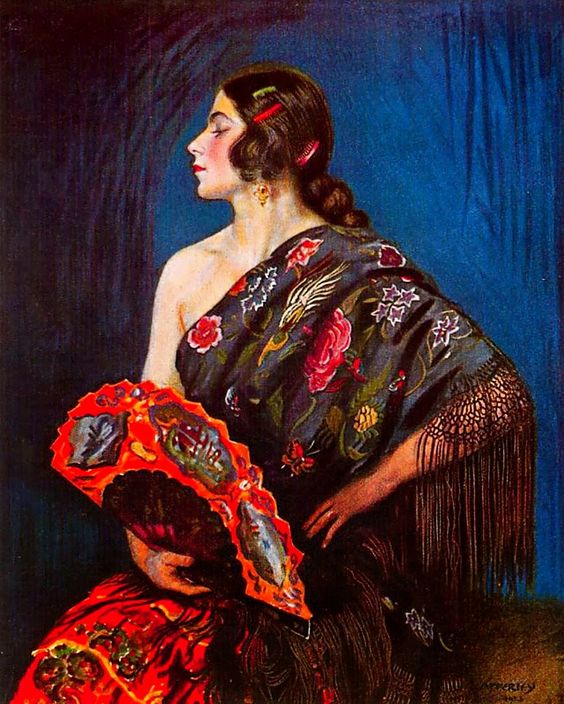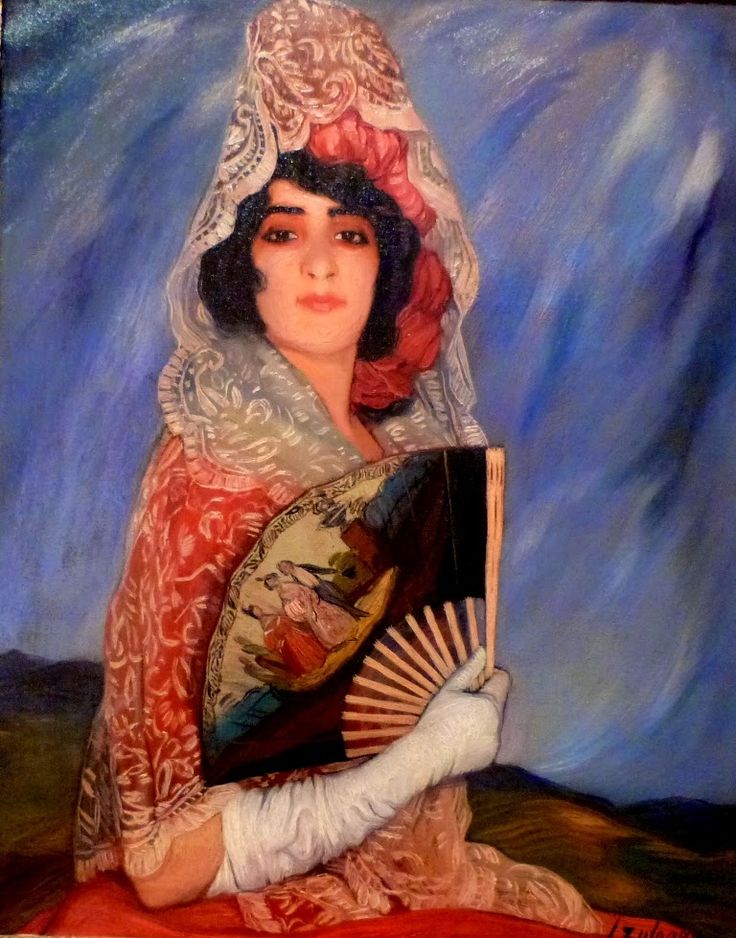

The scepters of feminine beauty
Hand fans, historically referred to as “scepters of feminine beauty”, have been used by women as a go to accessory at various points in history and in different cultures, with each adding its own twist to make it unique to the women of that geographic location and era. More recently, hand fans have also been added to main stream fashion shows. Simply put, a hand fan adds a glamorous touch to any evening outfit, and they can also be very useful if the room becomes too hot!
It may be difficult to believe that early iterations of hand fans were use simply as a tool to cool off and later used for ceremonial purposes. It is believed that they originated in Japan in the eighth century. They then spread to China where, according to the ancient practice of Feng Shui, they are believed to deflect negative ‘chi’ or bad energy from enemies. Many Chinese Gods use this ancient symbol to drive away evil.
The handheld accessories can still be the symbol of wealth and royalty, while the structure and stretches that came from ancient civilizations of Egypt and Babylon continue to make the best accessory even nowadays. They are associated with the sophisticated higher class, not only breeze facilitators.
Even if today’s standards may put this stylish accent piece into the old fashion label, they were a very popular accessory during the Victorian era and lots of people are proud to show it nowadays as a decorative object, accessory, or memory.
As well as witnessing a hesitant return to fashion at the moment, fans are a great way to find some relief in hot climates or stuffy, over-heated rooms.
Hand fans in Spain
In Spain, the first hand fans can be traced back to the 1400s, particularly in the Basque and Andalucia region. It is understood that merchants brought hand fans back from China to the Middle East and finally to Spain and very soon after it became a symbol of luxury and a necessity for the elite members of society.
Andalucian culture was heavily influenced by the Moors of North Africa who had migrated to Spain. As a result of inter-marriage between the Moors and native Spaniards, it brought with it a protective view that the women in the families were to be beautiful, discreet, and private. The hand fan, or also known by the Spanish people as ‘Abanico’, was a perfect complement.
These fans were hand crafted and painted with motifs depicted on their garments. As it was the case in other iterations, the secret language of the Abanico took on a new meaning in Spanish society.
The secret language of the Abanico in Spain
- Open fan over the chest showing the design “Yes”
- Open fan over the chest showing the back “No”
- Open fan covering one of the cheeks “I like you”
- Wave fan very fast: “I really like you”
- Wave fan very slowly: “I am not interested”
- Open fan covering your nose “I want to see you”
- Open fan covering your chin “I want to talk to you”
- Closed fan near the heart: “I love you”
- Open fan placed over lips: “Kiss me”
- Close fan waving; “I am thinking about it”
- Hit close fan against hand “Leave me alone”
- Open and close the fan: “I am upset”
- Open fan waving energetically on one side “Don´t come now, other people around”
Modern hand fans still carry much of the allure, design, and appeal that their ancestors had. There are very few accessories that can be added to a woman’s look that scream individuality like a beautiful hand fan. The luxury that it brings, the patterns that complete and outfit, and bearing in mind that in your hand you are carrying a nearly 800 year old accessory that was likely also in the hand of your ancestors. Belionel’s hand fans create a fusion between the craft of history and modern design to bring you a hand fan that completes your look, and one that is passionately feminine.
